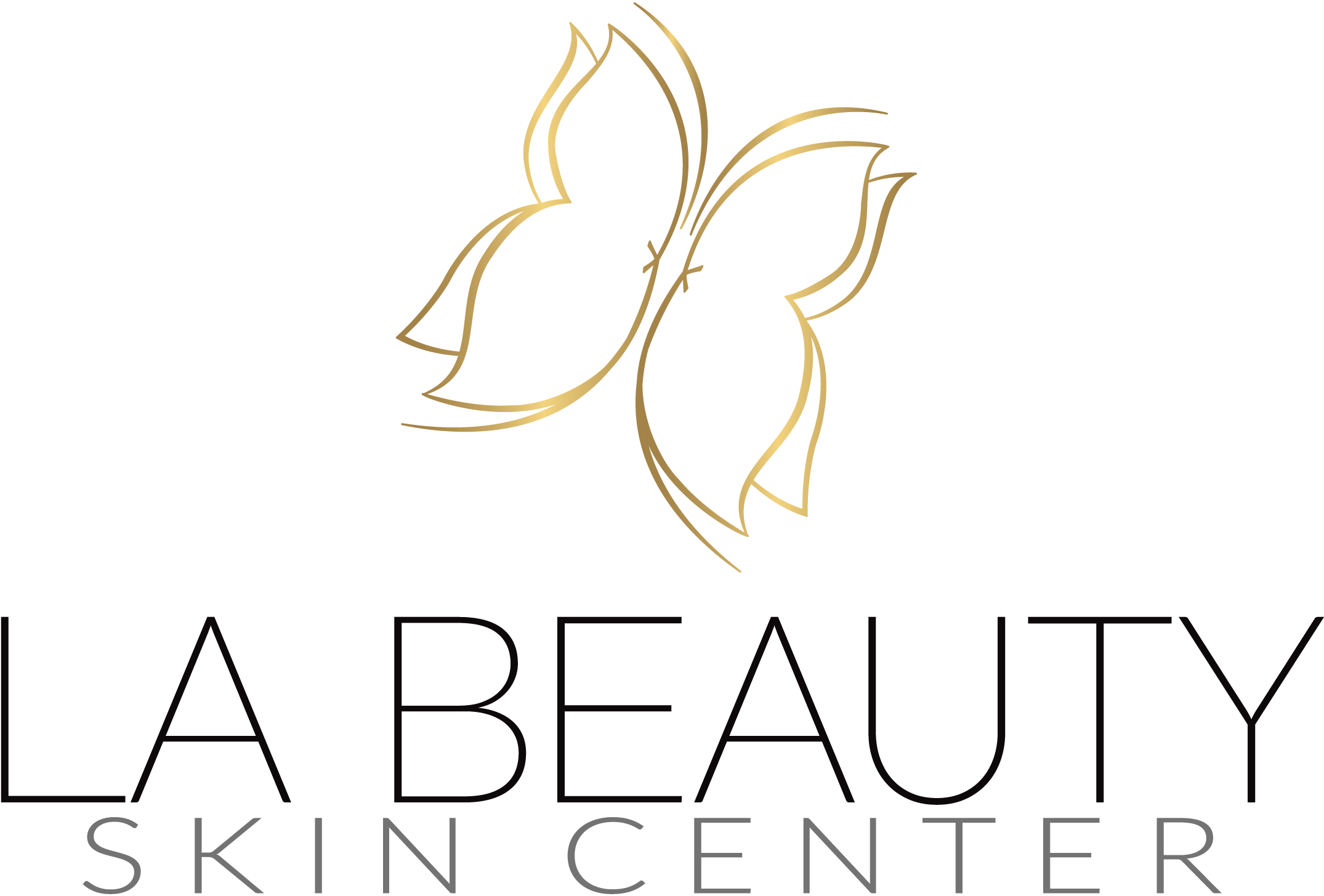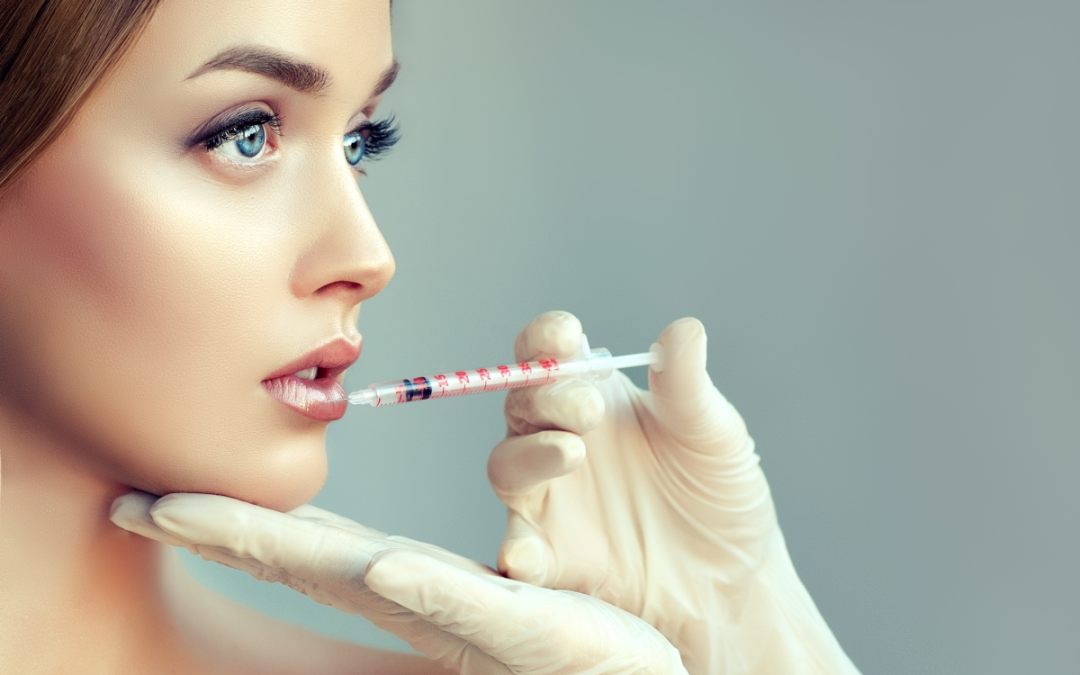When administered by an experienced medical professional, injectable dermal fillers are a safe and effective way to reshape facial features, combat aging signs and address common skin concerns. They are a minimally-invasive, completely non-surgical way to lift, tighten, and sculpt the face.
LA Beauty Skin Center prides itself on our top-of-the-line beauty injections and treatments. Whether you are looking to address fine lines and wrinkles, achieve plumped-up lips, or eliminate volume loss on your face and body, LA Beauty Skin Center has just what you need.
In this article, we’ll discuss the basics of cosmetic injectables to help you decide if they’re right for you. We’ll also look at some of the most popular types of injections on the market today.
What Are Injectables?
The American Society for Dermatologic Surgery (ASDS) defines injectables as aesthetic injections or dermal fillers used to
![]() Relax wrinkles on the face and folds on the skin
Relax wrinkles on the face and folds on the skin
![]() Contour the body or sculpt the face
Contour the body or sculpt the face
![]() Reduce fat in certain areas
Reduce fat in certain areas
![]() Add volume to the face and lips
Add volume to the face and lips
There are different types of fillers and injections, each with its own benefits and drawbacks. The most popular cosmetic injectables today include neuromodulators such as Botox & Dysport & Xeomin; Hyaluronic-acid based injectables, such as Juvederm family and Restylane family of dermal fillers, collagen stimulating injectables, such as Sculptra and Radiesse etc.
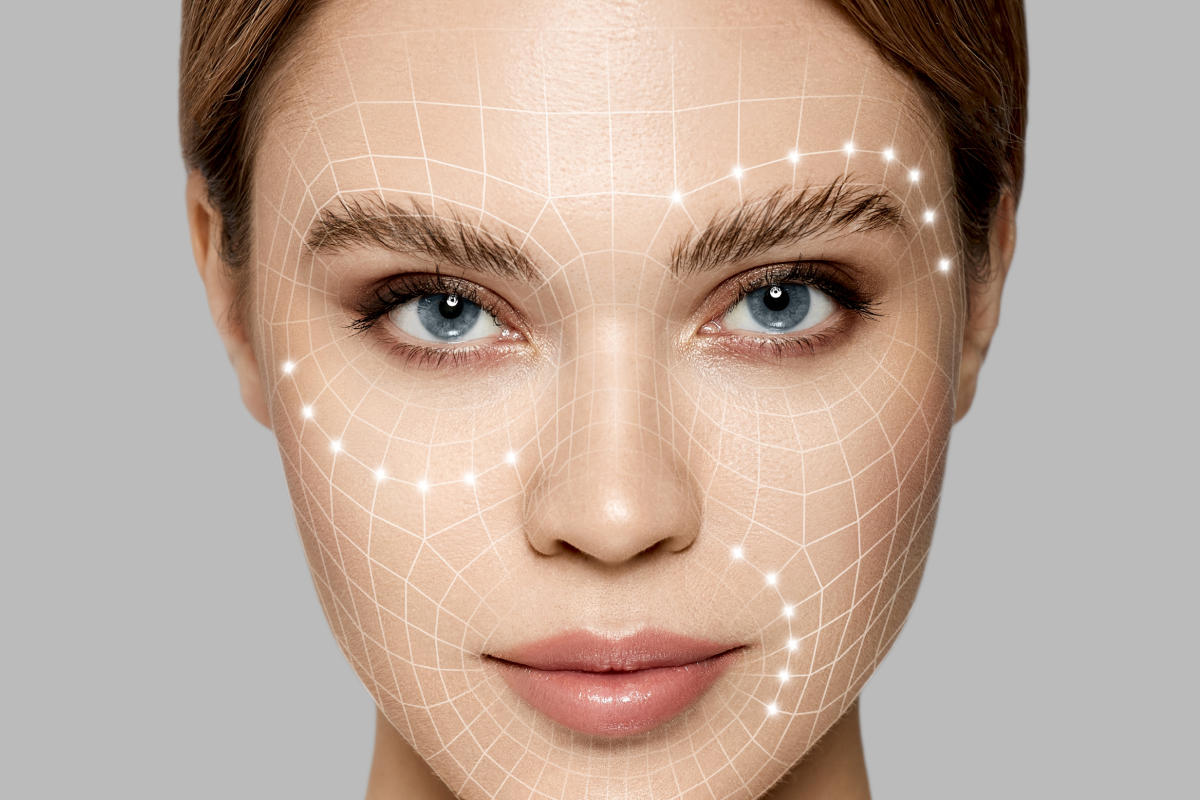
What Types of Injectables Are There?
There are several different cosmetic injectables, each focusing on slightly different aesthetic concerns. Among the most commonly used types of injections are:
Neuromodulators: Botox & Dysport & Xeomin – Muscle Relaxers
Botox and other muscle relaxing injections comprise safe doses of the botulinum toxin. Mainly used for wrinkles and fine lines, they work by selectively relaxing facial muscles to reduce the appearance of fine lines and wrinkles. They are also used for treating hyperhidrosis, chronic migraines and bruxism.
What is the best age to start Botox? Preventative Botox is best started when one is in their late 20s or early 30s, typically when most people begin to see the first signs of aging.
Is botox considered a dermal filler? Technically, no!
Botox addresses wrinkles on the skin’s surface, while dermal fillers target volume loss. In short, they serve slightly different purposes and can work well together to visibly reduce aging signs.
While Botox is immensely popular, you’ll hear many skeptics talking about the downsides of Botox and how it can give you a “frozen” or “stretched out” appearance. However, when administered by experienced medical professionals, Botox can be highly effective. So if you’re looking for the best Botox in Los Angeles, book a consultation now.
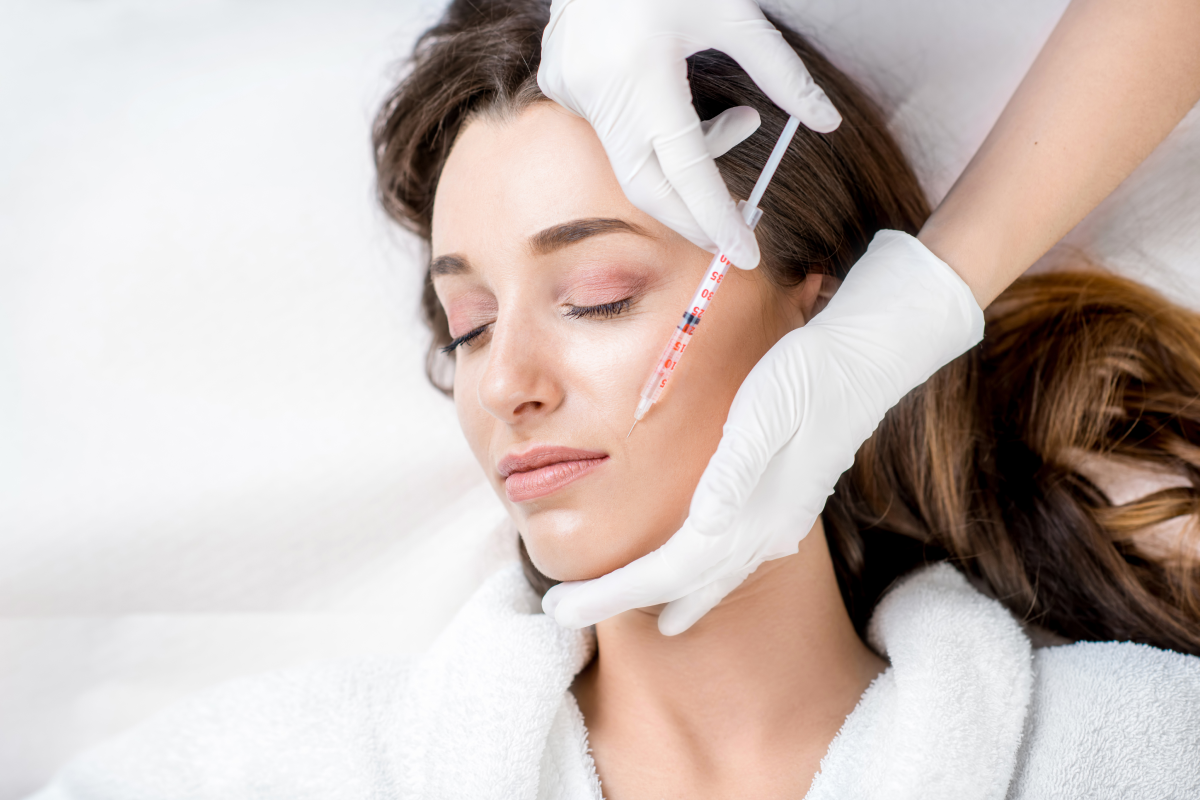
Juvederm
Juvederm injections are FDA-approved injectable dermal fillers with Hyaluronic acid, a naturally-occurring substance in the body that maintains skin’s volume and hydration, and lubricates the eyes and joints.
With aging, hyaluronic acid and collagen levels naturally deplete, leading to sagging skin and wrinkles. And because Hyaluronic acid is hydrophilic (retains water), Juvederm or Restylane injections allow the skin to maintain much-needed moisture and volume.
Juvederm can be used for lip augmentation, cheek injections, and as a filler for facial folds, wrinkles, or anywhere that needs contouring, sculpting and instant lift.
Restylane
The Restylane dermal filler is primarily used to sculpt the face, restoring volume and fullness to hollow areas that contribute to an aged appearance. Like Juvederm, Restylane is also made from Hyaluronic acid and can be used to smooth out deeper wrinkles, address undereye circles, or plump up thin lips.
So, what’s the difference between Juvederm and Restylane?
Both filler injections treat similar concerns, so the main difference between the two boils down to their texture, and structural subtleties, hence the choice of the dermal filler is made by the medical professional upon evaluation of the patient’s skin quality & condition and the look they’d like to achieve.
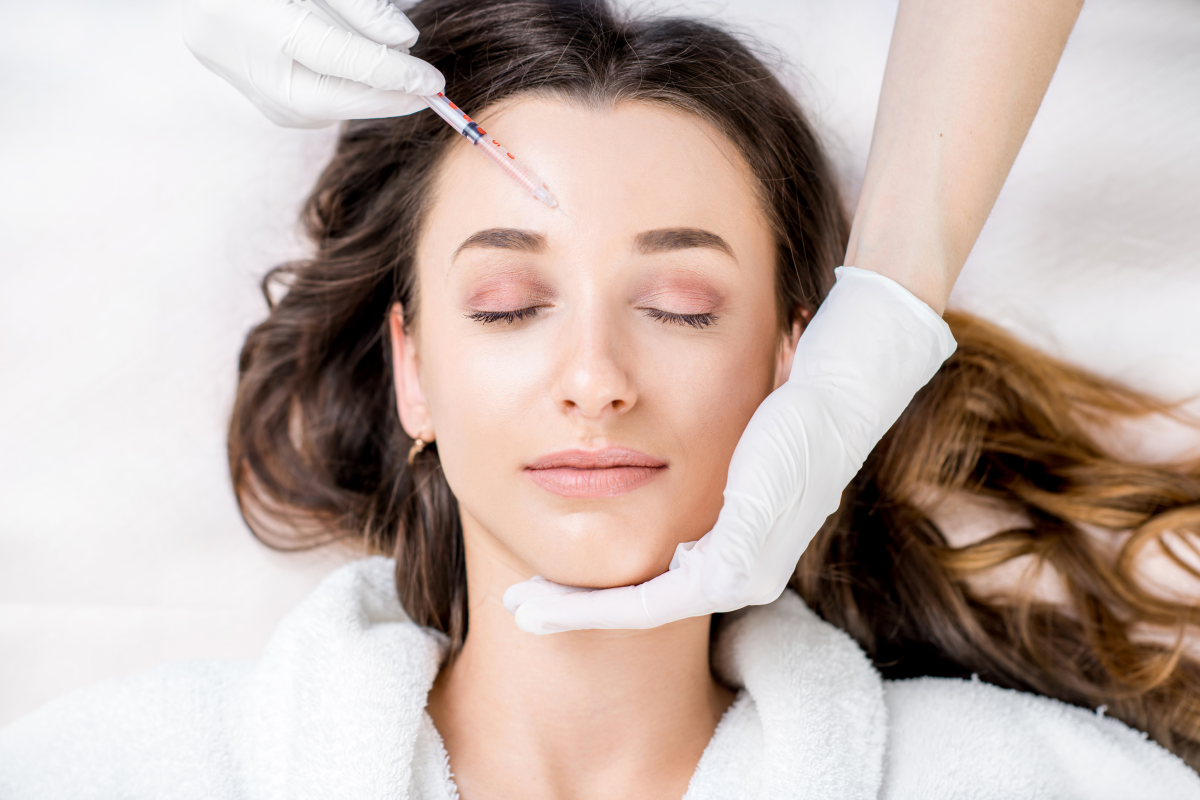
RHA Collection
Revance Aesthetics’ RHA collection of fillers is an innovative Hyaluronic acid dermal filler that uses proprietary technology to address skin concerns. They are also called ‘designer fillers’. The RHA collection uses dynamic Hyaluronic acid gel, which is closer in consistency to our body’s natural Hyaluronic acid, and is longer-lasting compared to other Hyaluronic-acid based dermal fillers.
The gel moves seamlessly with dynamic facial movement, giving the face a more youthful, relaxed, and natural look. RHA fillers can be used anywhere that needs more volume and smoothness, such as fine lines and wrinkles, lipstick lines, and even deeper wrinkles and creases.
What Are the Benefits of Injectables?
Cosmetic injectables offer several benefits:
![]() Non-surgical and minimally-invasive: Cosmetic injectables are a simple and minimally-invasive treatment that involves injecting a chosen solution under the skin. Aesthetic injections do not require any form of anesthetic, but a numbing cream can make the process more comfortable.
Non-surgical and minimally-invasive: Cosmetic injectables are a simple and minimally-invasive treatment that involves injecting a chosen solution under the skin. Aesthetic injections do not require any form of anesthetic, but a numbing cream can make the process more comfortable.
![]() No scarring: Facelifts can unavoidably leave scars. Cosmetic injectables only leave pin-prick incisions that will usually fade over time.
No scarring: Facelifts can unavoidably leave scars. Cosmetic injectables only leave pin-prick incisions that will usually fade over time.
![]() Safe and effective: aesthetic injections are proven to be safe and effective in improving the appearance of fine lines and wrinkles.
Safe and effective: aesthetic injections are proven to be safe and effective in improving the appearance of fine lines and wrinkles.
![]() Zero downtime: Unlike other more intensive procedures, cosmetic injectables have no downtime. You can return to your normal routine after visiting your cosmetologist or skin specialist.
Zero downtime: Unlike other more intensive procedures, cosmetic injectables have no downtime. You can return to your normal routine after visiting your cosmetologist or skin specialist.

When Will You See the Results From Cosmetic Injectables?
The results from dermal filler injections are immediately visible. Nonetheless, it usually takes about two weeks for the possible swelling or bruising to heal and for the fillers to ‘settle’. Certain dermal injectables, such as Sculptra and hyper-diluted Radiesse promote collagen production over time, hence it takes a few weeks to see the results. Meanwhile, Botox and other neuromodulators may take up to 10 days before its results are fully in effect.
How Long Do Cosmetic Injectables Last?
The longevity of aesthetic injections varies, with results lasting anywhere from six to nine or even 12 months. You can always get additional treatments as and when needed. Dermal fillers will stay intact for several months, while some types of fillers, like RHA fillers or Juvederm Voluma, can last up to 18 months, depending on your lifestyle and metabolism rate.
How Much Do Injectables Cost?
Per the American Society of Plastic Surgeons, the average cost of popular dermal fillers typically ranges between $600 to $1,000 per syringe. Actual prices vary depending on the medical professional administering the injectables, the brand and type of fillers or injectables, and the facility’s location. Learn more about filler injections at the LA Beauty Skin Center.
Do’s and Don’ts Before and After Injectables
The protocols before and after your aesthetic injections may vary depending on the type of injectable or filler you get. However, here are some standard guidelines to keep in mind:
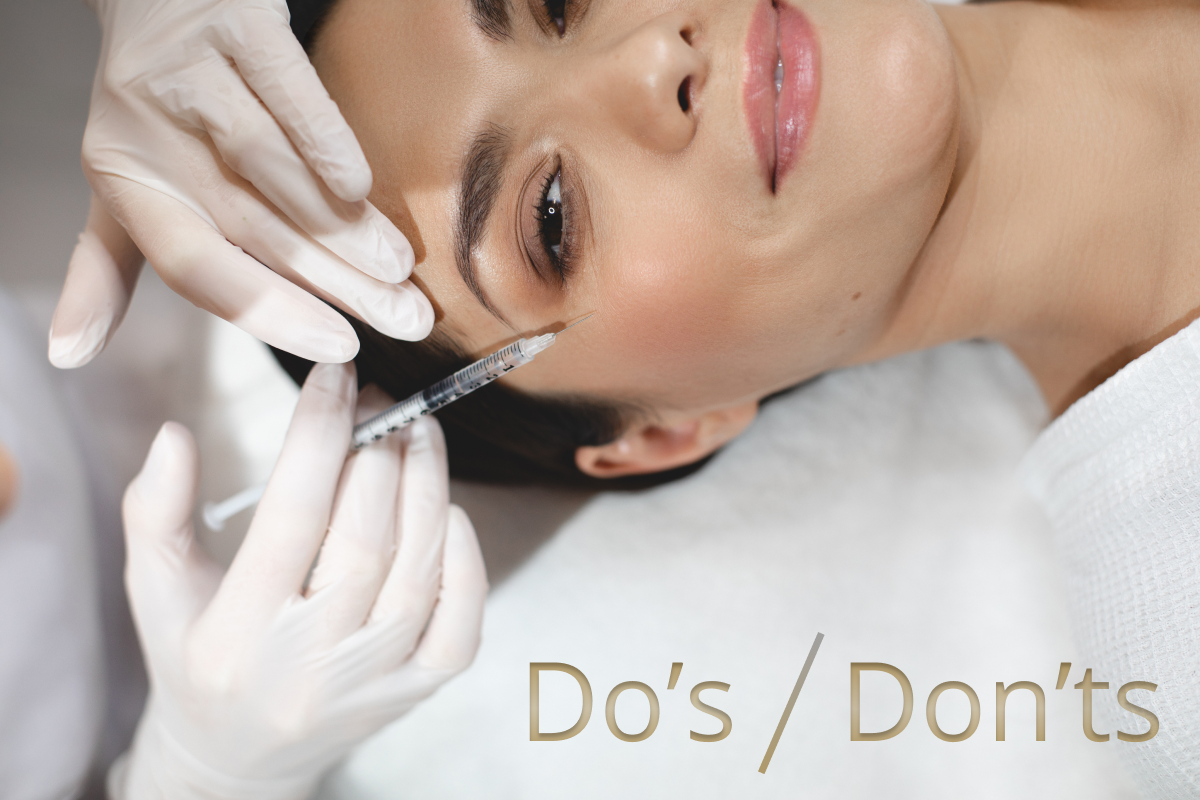
DO’s:
![]() Consider taking Arnica beforehand to reduce the chances of bruising and/or swelling. This herb has been approved by health officials for this purpose.
Consider taking Arnica beforehand to reduce the chances of bruising and/or swelling. This herb has been approved by health officials for this purpose.
![]() Arrive at the clinic with a clean, makeup-free face.
Arrive at the clinic with a clean, makeup-free face.
![]() Apply an ice pack to the treated areas within an hour of your procedure.
Apply an ice pack to the treated areas within an hour of your procedure.
![]() You may take Tylenol to reduce any pain or discomfort.
You may take Tylenol to reduce any pain or discomfort.
![]() Let your doctor know about any allergies or sensitivities you might have.
Let your doctor know about any allergies or sensitivities you might have.
DON’Ts:
![]() Consume alcoholic beverages at least 48 hours before getting the treatment.
Consume alcoholic beverages at least 48 hours before getting the treatment.
![]() Take over-the-counter blood thinners, Advil before getting your fillers.
Take over-the-counter blood thinners, Advil before getting your fillers.
![]() Take supplements like Vitamin E, Ginkgo Biloba, Ginseng, St. John’s Wort, Garlic, or Primrose oil a week before your procedure.
Take supplements like Vitamin E, Ginkgo Biloba, Ginseng, St. John’s Wort, Garlic, or Primrose oil a week before your procedure.
![]() Tweeze, wax, bleach, or use hair removal products on the area for at least two days before having Botox or fillers.
Tweeze, wax, bleach, or use hair removal products on the area for at least two days before having Botox or fillers.
![]() Avoid applying topical products like Retinoids and Glycolic Acid two days before your procedure.
Avoid applying topical products like Retinoids and Glycolic Acid two days before your procedure.
![]() No chemical peels two weeks prior, or facials 72 hours prior injections.
No chemical peels two weeks prior, or facials 72 hours prior injections.
![]() No hot showers, saunas or exercising for 24 hours after injectables.
No hot showers, saunas or exercising for 24 hours after injectables.
When to Schedule Botox and Dermal Fillers Before An Event
If you want your Botox to be absolutely perfect, aim for a first treatment at least 5 weeks ahead of time. This allows plenty of time for any touch-ups if necessary. Bruising can take up to two weeks to heal, so it’s wise to schedule an injection at least 4 weeks prior, so there is enough time for the touch up if necessary.
Similarly, dermal fillers should ideally be done one month before any events.
When to Schedule Injectables Before Traveling?
If it’s your first time using Botox or fillers, schedule the treatment around four weeks before you travel. This will give your skin some time to heal, and for any bruising or swelling to subside. However, if those aren’t your concerns, and it’s urgent, you can travel after having Botox or fillers, as flying won’t impede your recovery, although it’s recommended to wait 72 hours.
